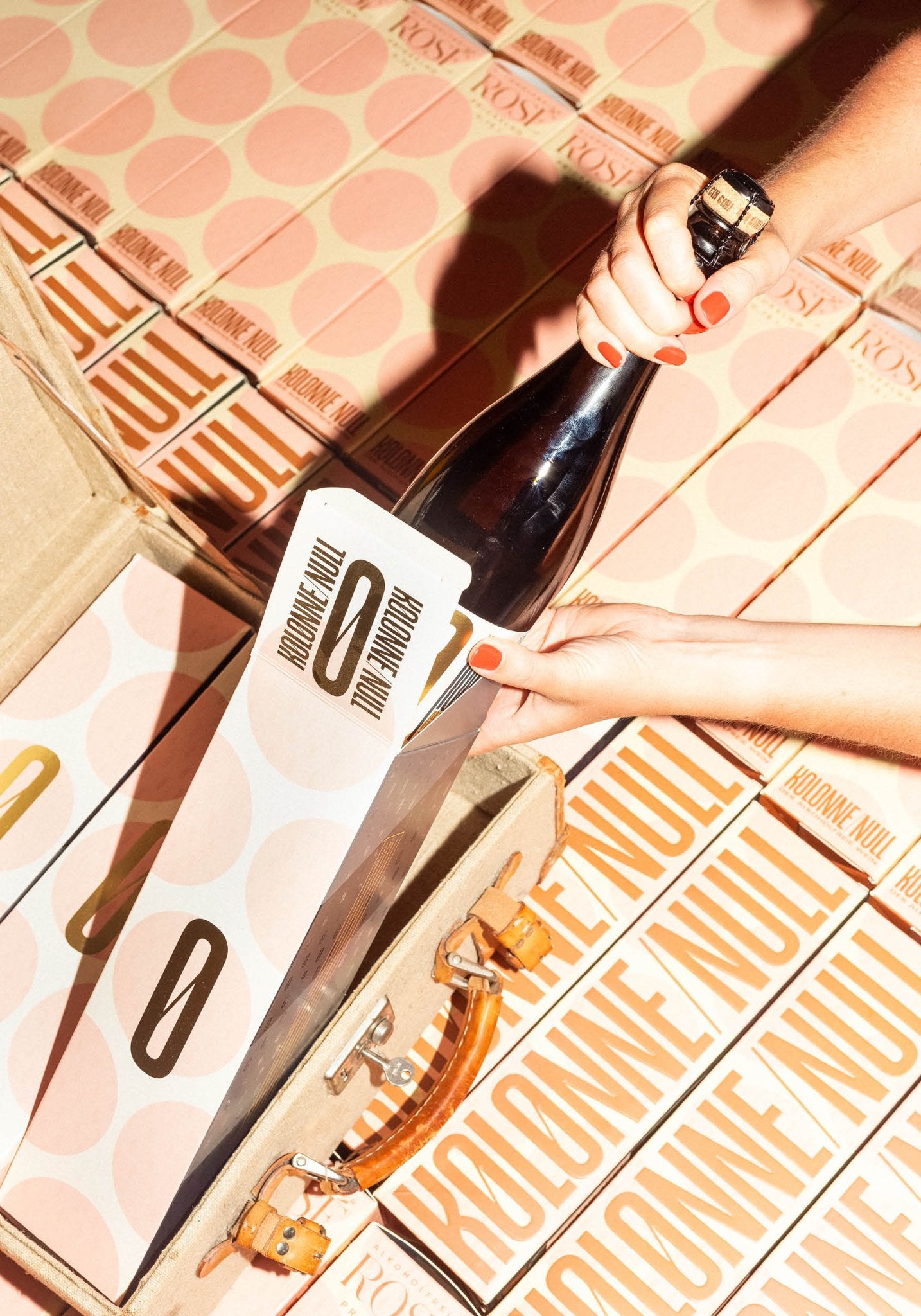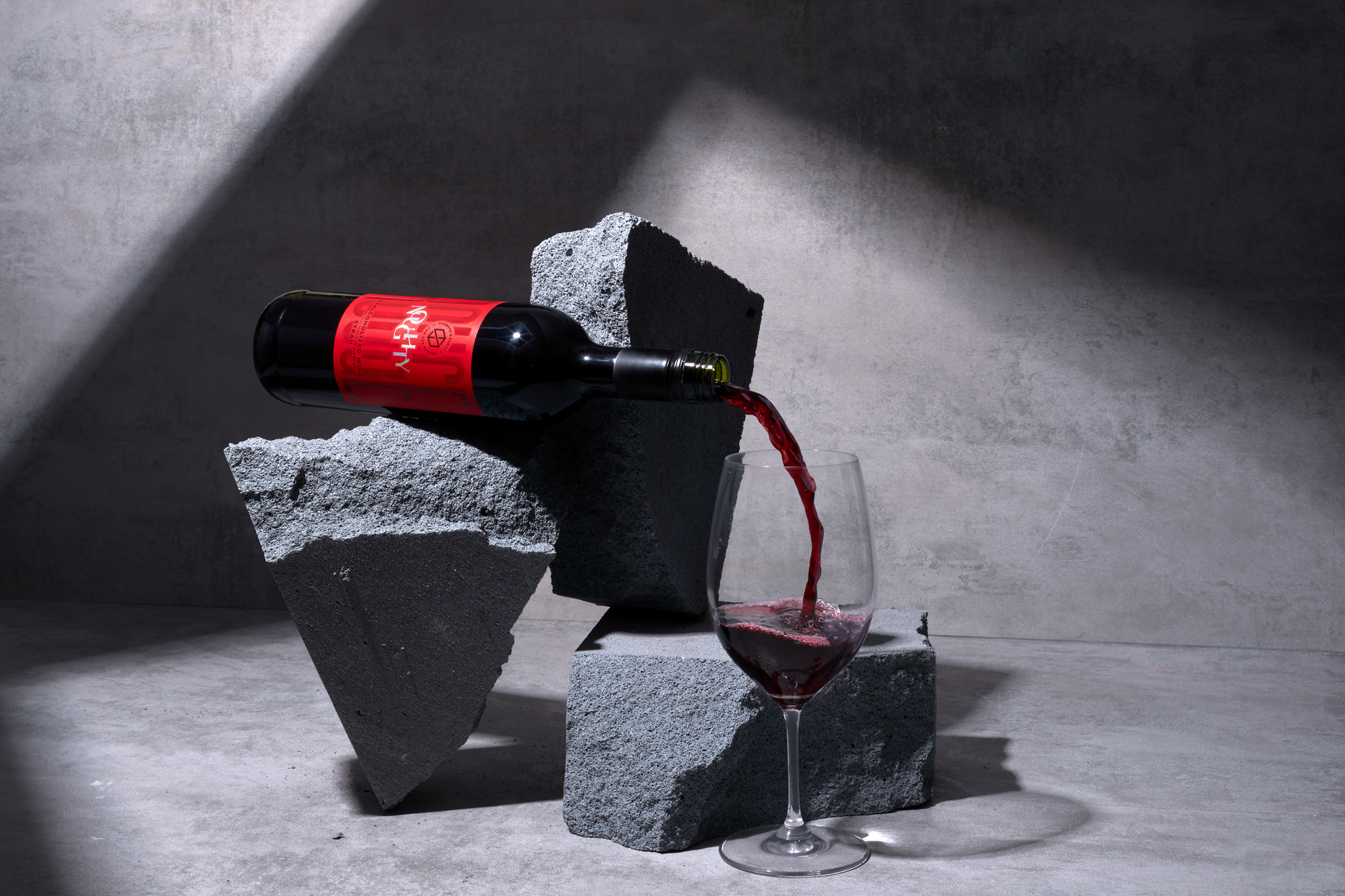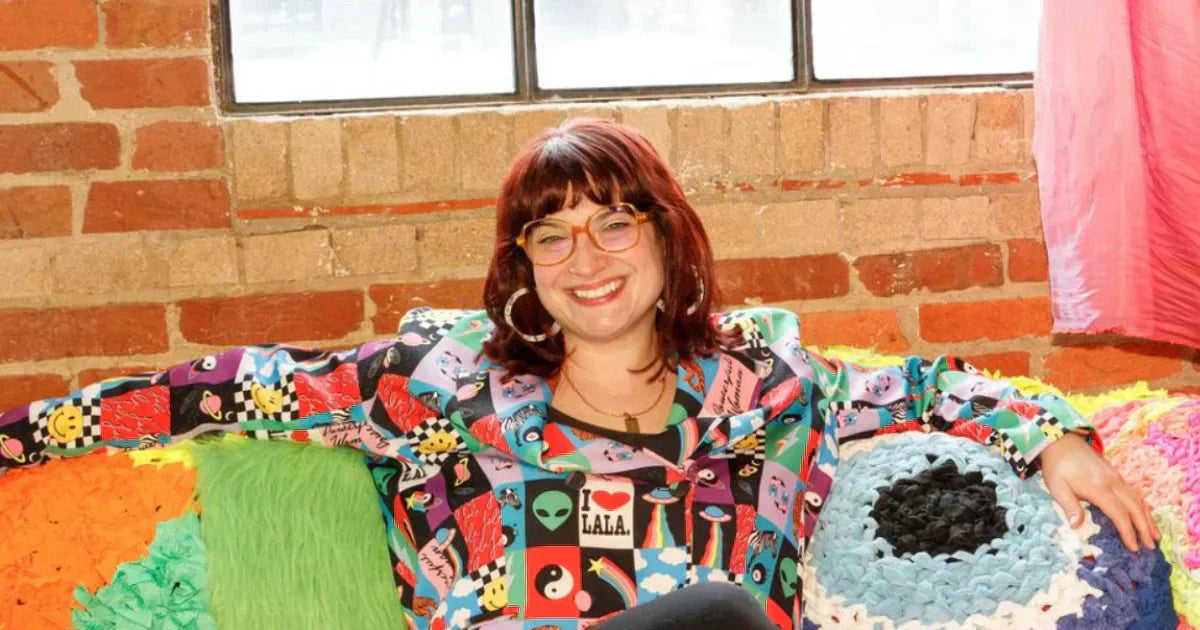Rare in the world of winemaking is a brand that can boast of having artistic influence as part of its identity, yet for Kolonne Null, artistry is in their DNA. Hailing from Berlin, this premium non-alcoholic wine brand was founded by German artist Philipp Rößle to satisfy the special demand for quality, enjoyment, and style in the world of non-alcoholic winemaking. Co-produced with award-winning international family wineries, their range of brilliant still and sparkling expressions caters to diverse preferences while being a feast for the eyes as well.
We chatted with Philipp Rößle, the Founder & CEO of Kolonne Null, and Felix Fischer, the brand’s cellarmaster, to discuss the meticulous process of crafting non-alcoholic wines, Kolonne Null’s dedicated research lab in Berlin, the myriad of factors influencing a wine’s flavor—particularly in the case of NA wines—and how the company adeptly blended aesthetics with cutting-edge engineering processes. The result is beverages synonymous with art de vivre—but this time, with a mindful twist.
Tell us a little about yourself and the journey that led you from being an artist to becoming a winemaker?
Philipp: I have always had a passion for indulgence, and as an artist, I was and still am deeply attached to all artistic processes. Winemaking is an art—it's rooted in tradition and craftsmanship, which has always fascinated me. Being an absolute aesthete, I loved the idea of creating a brand that seamlessly blends tradition and modernity in an aesthetically pleasing way. Both these elements are deeply ingrained in Kolonne Null's DNA.
Could you please share the story behind the name "Kolonne Null”?
Philipp: Our brand was born in Kolonnen Street in Berlin. Kolonne also means column and this therefore became the central element for us. In addition, the heart of the dealcoholization process is called "Dealcoholization Kolonne". Quite obviously, the column has found us.
The design of your packaging is really gorgeous. Could you shed some light on the inspiration behind this particular choice for our readers?
Philipp: Our brand took shape in my artist studio, collaborating with our art director, Matthias. With both of us having an artistic background, it became clear that the patterns frequently found in my artworks should influence the corporate identity. Also the column (english translation for Kolonne) became one of the main elements that runs consistently throughout our brand identity.
We hear you source grape varieties tailored specifically for nonalcoholic wines, and that’s really cool. Could you talk about what sets these selections apart?
Felix: Both non-alcoholic & alcoholic wines come from the same grape varieties, aiming to deliver a convincing taste, aroma, and structure. However, dealcoholization affects these parameters. Ethanol contributes to specific flavor nuances, the wine's structure, and its mouthfeel. Moreover, alcohol removal alters concentration ratios, leading winemakers to reevaluate processes and gain new expertise. This might include yield control, choosing the right harvest time, and refining fermentation conditions.

How does terroir influence the flavors of your wines? In your wine descriptions, you mention terms like minerality, sandstone, and limestone—do they really affect the flavor? And what about the influence of wood?
Felix: Terroir refers to the combination of natural factors that influence how grapes are grown and ultimately how the wine tastes. These factors include the specific climate, soil type, and geographic location of the vineyard. And yes, grapes from warm areas on clay soils (retain water well, providing vines with a consistent supply even during drier periods) grown on a hillside will show a different profile than grapes grown on slate in more northern/colder regions.
The practice of using wood is the winemaker's choice and is therefore not part of the terroir. Nevertheless, wood is a very important tool: new or fresh oak barrels can contribute notes of vanilla, spice, caramel, and toastiness, enhancing the overall flavor profile of the wine. For our Rouge#2, we do not use new barrels but old ones, as we are aiming for a different effect: the porous nature of wooden barrels enables a controlled amount of oxygen to interact with the wine. This process is called microoxidation and can help soften tannins and integrate flavors, leading to a smoother and more harmonious wine.
We’re really curious about your own wine lab—could you share what kind of magic happens there? And are some of the key errors commonly made during the wine dealcoholization process?
Felix: Our lab lets us dealcoholize wine samples on a small scale, preserving aroma and detecting undesired off-flavors post-alcohol removal. As for errors—once the suitable wine and technique are chosen, a prevalent mistake includes mishandling the balance between sweetness and acidity. It's important to note that adding more sugar doesn't necessarily enhance the wine's appeal.

Could you elaborate on the equipment you possess in your lab? You mentioned unique tools and technologies you've developed through your partnerships with vineyards and wineries in Germany, Spain, and California.
Felix: Our Berlin lab focuses on small-scale dealcoholization, with additional wine making tools that help us assess a wine's suitability. We adjust acidity, add tannins, and simulate barrel aging. The results of these tests help us to know exactly what kind of wine we need from our winemakers. Since the market for non-alcoholic wines is growing, the efforts of engineering firms to improve technologies are also increasing.
For our readers contemplating entry into the non-alcoholic space, what advice would you provide? Perhaps you could share some of the industry-specific lessons you've learned through experience?
Philipp: It is best to start with a lighter wine, like Verdejo or even Rosé, as red wines’ complex flavor structure might not suit the entry level. Our bestseller is the sparkling Cuvée Blanc, which is an excellent entry-level choice.
Our motto at Boisson is seeing the Glass Half Full. How do you think alcohol-free alternatives like yours allow people to see the glass half full?
Philipp: Our non-alcoholic wines give a lot of advantages over alcoholic wines.They are vegan, have fewer calories and, of course, are better for health. But the pleasure does not fall by the wayside. For us, the glass is always half full, ideally quite full, preferably with Kolonne Null wine filling it up.



